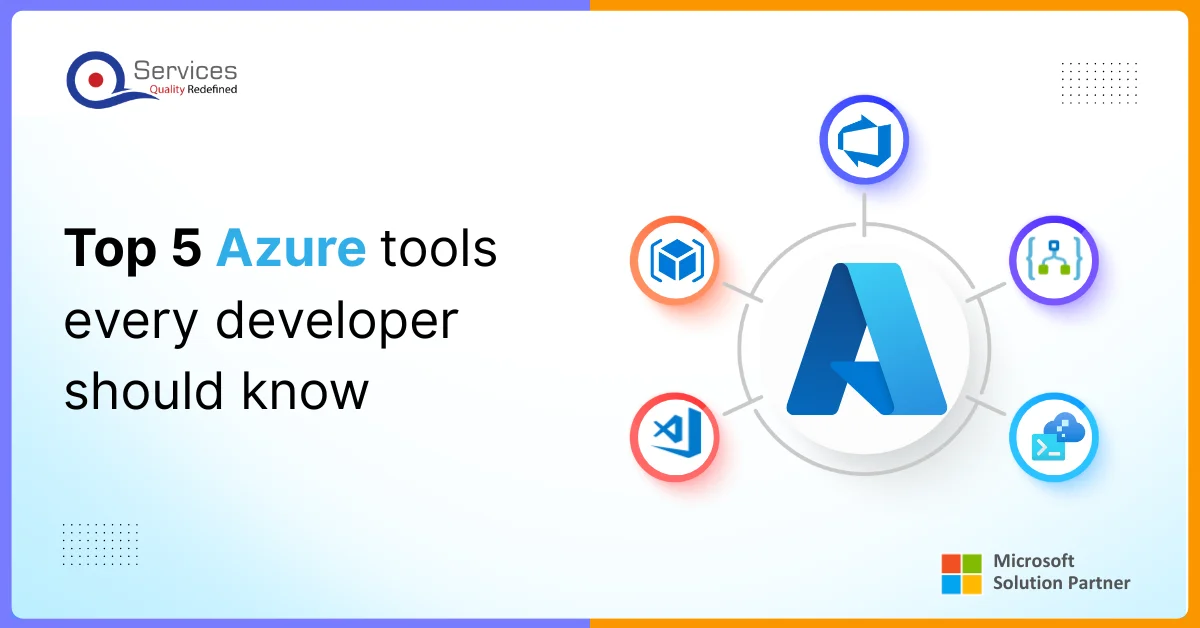
Home » Addressing Data Governance Challenges in the Banking Industry Using Microsoft Purview

Did you know that approximately 70% of financial institutions view regulatory compliance as the main driver for data governance? In an industry where accuracy, integrity, and security of data are non-negotiable, data governance in the banking industry is a crucial factor that ensures these standards are met. But what happens when the very framework meant to safeguard this data becomes a source of friction? Balancing the need for stringent controls with the flexibility required for innovation is a challenge that about 35% of banks currently grapple with.
Data governance in banking is more than just a set of rules—it’s a comprehensive approach to managing, controlling, and accessing financial data. With banks being heavily regulated, there’s no room for error. Ensuring compliance, managing risks, and maintaining operational efficiency are top priorities. Yet over 40% of banks face significant challenges, like data silos, that complicate these efforts. These challenges raise a critical question: How can financial institutions implement a robust data governance framework without stifling innovation?
This is where Microsoft Purview comes into play, providing a robust solution specifically designed to tackle these data governance challenges. In this blog, we’ll dive into how Microsoft Purview effectively overcomes these obstacles, ensuring the banking industry can maintain strong governance while driving innovation.
Data governance in banking is a holistic approach that involves creating processes and policies to ensure data is accurate, secure, and used properly throughout its lifecycle.
For banks, data governance is essential for several key reasons. First off, it helps them stay compliant with strict regulations, which is critical in the heavily regulated world of finance. Secondly, it’s crucial for managing risks and keeping operations running efficiently. Without effective data governance, banks can run into problems like data silos, where information gets trapped in different systems, leading to inconsistencies and potential compliance issues.
Data governance in financial services plays a key role in managing and using data effectively. It providesthe structure and guidelines needed to handle data properly. Here’s how data governance supports financial institutions and impacts crucial areas like regulatory compliance, risk management, and operational efficiency:
It helps financial institutions meet strict regulations by ensuring data is accurate, secure, and transparent. This keeps the organization in line with legal requirements and avoids costly penalties.
Effective data governance provides reliable data for assessing and managing risks. By maintaining data integrity and consistency, it helps in identifying potential issues before they escalate.
It improves how data is managed and accessed, leading to faster and more accurate decision-making. This streamlining of data processes boosts overall productivity and efficiency.
In essence, data governance supports financial institutions by ensuring compliance, managing risks, and improving efficiency.
To set up a solid data governance system, start by defining clear roles and responsibilities. Make sure you have a team in place that understands the importance of data management and can enforce data policies effectively. Implementing strong data stewardship ensures everyone knows their role in maintaining data quality and security.
Focus on these core principles for success:
Compliance is crucial in banking. Make sure your data governance practices align with industry regulations and standards. Regular audits and updates to your policies help keep your data practices in line with the latest legal requirements. This proactive approach helps avoid penalties and keeps your institution on the right side of the law.
By following these best practices, banks can manage their data more effectively, stay compliant, and enhance their overall operations.
Get free Consultation and let us know your project idea to turn into an amazing digital product.
Microsoft Purview is a comprehensive data governance tool designed to help organizations manage and utilize their data effectively. As a leading solution in Microsoft Purview data governance, it provides a centralized platform for overseeing data assets, ensuring data quality, and maintaining compliance. By offering visibility into data landscapes, Purview simplifies the complex task of data management and governance.
Microsoft Purview tackles several common data governance challenges:
Purview helps identify and classify data across your organization, making it easier to manage and protect sensitive information.
It provides detailed tracking of data flows and transformations, ensuring transparency and helping to trace data back to its source.
Purview helps banks stay compliant with regulatory requirements by automating compliance checks and providing tools for auditing and reporting.
Organize and manage your data assets with a searchable catalog that offers insights into data usage and ownership.
Automatically classify data based on content and context, which is crucial for protecting sensitive financial information.
Seamlessly integrate with Azure services for enhanced data governance and analytics, leveraging the power of cloud technology to support your data needs.
Microsoft Purview simplifies data discovery by automatically identifying and classifying data across your organization. This capability ensures that sensitive information is easily identifiable and protected, streamlining data management and enhancing data security.
Purview offers robust data lineage features, allowing you to track data flows and transformations. This transparency helps in understanding how data moves and changes, which is crucial for impact analysis and ensuring data integrity.
With Purview, you can create a comprehensive data catalog that organizes and manages your data assets. This centralized catalog makes it easier to search, access, and govern data, improving overall efficiency and data accessibility.
Purview helps maintain regulatory compliance by automating compliance checks and providing Microsoft data governance tools for auditing and reporting. Its security features ensure that data is protected against unauthorized access and breaches.
Azure Purview is a data management service that helps organizations keep track of and manage their data. It lets you find, sort, and organize your data easily, making sure it’s used correctly and protected. Azure Purview is Microsoft’s all-in-one tool for managing data effectively and securely. Here’s a simplified look at what Azure Purview offers:
Microsoft Azure Purview works well with Microsoft Azure and other tools, creating a smooth data management experience. It connects with services like Azure Synapse Analytics and Azure Data Factory to provide a unified approach, making data handling easier and more efficient.
For financial services, Azure Purview is particularly useful. It helps banks and financial institutions by:
It helps locate and classify sensitive financial data accurately.
It shows how data moves and changes, which is important for understanding impacts and managing risks.
It helps meet regulatory requirements by automating checks and maintaining strong security, which is crucial in the finance sector.
Before implementing Microsoft Purview, it’s crucial to assess your organization’s specific data governance needs. Start by identifying key data management challenges, such as data silos, regulatory compliance issues, and risk management concerns. Understanding where your current data governance framework falls short and what improvements are necessary is essential for effectively addressing these challenges. This includes focusing on data governance and compliance for financial institutions to ensure that all aspects of regulatory adherence and risk management are thoroughly covered.
Once you have a clear understanding of your needs, setting up Microsoft Purview involves several key steps:
Define the scope of your Purview deployment, including which data sources and systems will be integrated.
Set up user roles, access permissions, and data classification settings in Purview to align with your organization’s governance policies.
Integrate Purview with your existing data platforms, such as Azure Synapse or on-premises databases, to ensure comprehensive coverage.
To tailor Microsoft Purview to the banking industry:
Set up specific data classifications that reflect banking regulations and compliance needs. For example, create classifications for sensitive customer information and financial transactions.
Use Purview’s data lineage features to track data flow and understand the impact of changes. This is vital for regulatory compliance and risk management in banking.
Configure Purview to enforce data security policies and automate compliance checks. Ensure it supports industry-specific standards and regulations, like GDPR or CCPA, to safeguard sensitive financial data.
By following these steps, you can effectively leverage Microsoft Purview to improve data governance, streamline compliance, and enhance overall data management in the banking industry.
Data lineage is all about keeping track of where data comes from, how it’s transformed, and where it ends up. In banking, this is important because it ensures that data is accurate, reliable, and transparent. Knowing the path data takes helps banks stay compliant with regulations, manage risks effectively, and maintain trust in their financial data.
Microsoft Purview makes it easy for banks to see and understand the journey of their data. Here’s how it helps:
Purview lets banks clearly see how data moves from one system to another.
It shows how data is altered or combined, which is essential for ensuring that financial reports are accurate.
Purview helps banks keep an eye on how different pieces of data interact with each other, allowing them to catch and fix issues before they become problems.
In banking, data lineage isn’t just about clarity—it’s also key for meeting legal requirements and passing audits. With Microsoft Purview:
Purview provides detailed records of how data is handled, helping banks meet the strict requirements set by regulators.
The tool simplifies audits by providing clear documentation of data movements and changes, making it easy to demonstrate that proper data governance practices are being followed.
Using Microsoft Purview for data lineage helps banks achieve better transparency, improve compliance, and ensure that their data practices are reliable and accountable.
Align with Business Goals
Ensure your data governance efforts using Microsoft Purview support your bank’s key objectives, like improving customer service or staying compliant with regulations.
Regularly Update Processes
Continuously review and refine your data governance practices. Microsoft Purview’s tools can help maintain security, accuracy, and compliance.
Train Your Team
Invest in training to ensure your team effectively uses Microsoft Purview, strengthening your bank’s data management.
Following these practices ensures your bank gets the most out of Microsoft Purview, keeping data governance aligned, up-to-date, and well-executed.
In the banking sector, reliable data is vital. Microsoft Purview ensures that all data is consistent and accurate, leading to better decision-making, fewer errors, and increased trust from customers and stakeholders.
Banks operate under stringent regulations, and Microsoft Purview makes it easier to comply by automating the monitoring and reporting processes. It continuously validates data against regulatory requirements, ensuring that banks remain compliant and avoid costly penalties.
Effective data management is crucial for minimizing costs and boosting productivity in the banking sector. Microsoft Purview enhances operational efficiency by automating repetitive tasks, consolidating data from various sources, and providing a unified view of data across the organization, enabling banks to concentrate on their key business goals.
With access to accurate and reliable data, banking teams can make well-informed decisions faster. Microsoft Purview ensures that high-quality data is consistently available throughout the organization, fostering a culture of data-driven decision-making. This approach not only sparks innovation but also allows banks to adapt quickly to market shifts and customer demands.

A leading global bank with nearly 9,000 branches and 22,000 ATMs worldwide faced challenges managing its vast and dispersed data. By adopting Microsoft Purview, the bank achieved:
Using Purview’s Data Map, the bank could automatically identify and classify data assets, resulting in a clearer view of its data sources and transformations.
A regional bank dealing with data silos and operational inefficiencies turned to Microsoft Purview to enhance its data governance. The outcomes were:
Purview’s automated data lineage and classification tools helped the bank improve data management and foster better collaboration across its departments.
Leading banks leverage Microsoft Purview to:
Purview’s Data Map helps banks automatically discover and classify data, reducing manual efforts and errors.
By using Purview’s Policies, banks ensure proper classification and handling of sensitive data, improving visibility and auditability.
Purview’s comprehensive data governance capabilities help banks stay compliant with complex regulatory requirements.
Managing data governance in the banking sector is more than just following regulations; it requires a strategic and well-coordinated approach to handling and utilizing data. A thorough data governance framework is essential to tackle issues like regulatory compliance, operational inefficiencies, and effective data management.
In this landscape, Microsoft Purview stands out as a significant tool. It provides a powerful solution to simplify and enhance data governance processes. By utilizing Purview, banks can efficiently manage data across various systems, meet regulatory requirements with greater ease, and boost operational performance. Purview’s features help clarify data lineage, automate essential tasks, and support more informed decision-making.
For a more detailed exploration of how Microsoft Purview can specifically address data governance challenges in the banking industry, check out our dedicated blog: “Addressing Data Governance Challenges in the Banking Industry Using Microsoft Purview.” This resource offers in-depth insights and practical guidance on leveraging Purview for optimal outcomes in data governance.
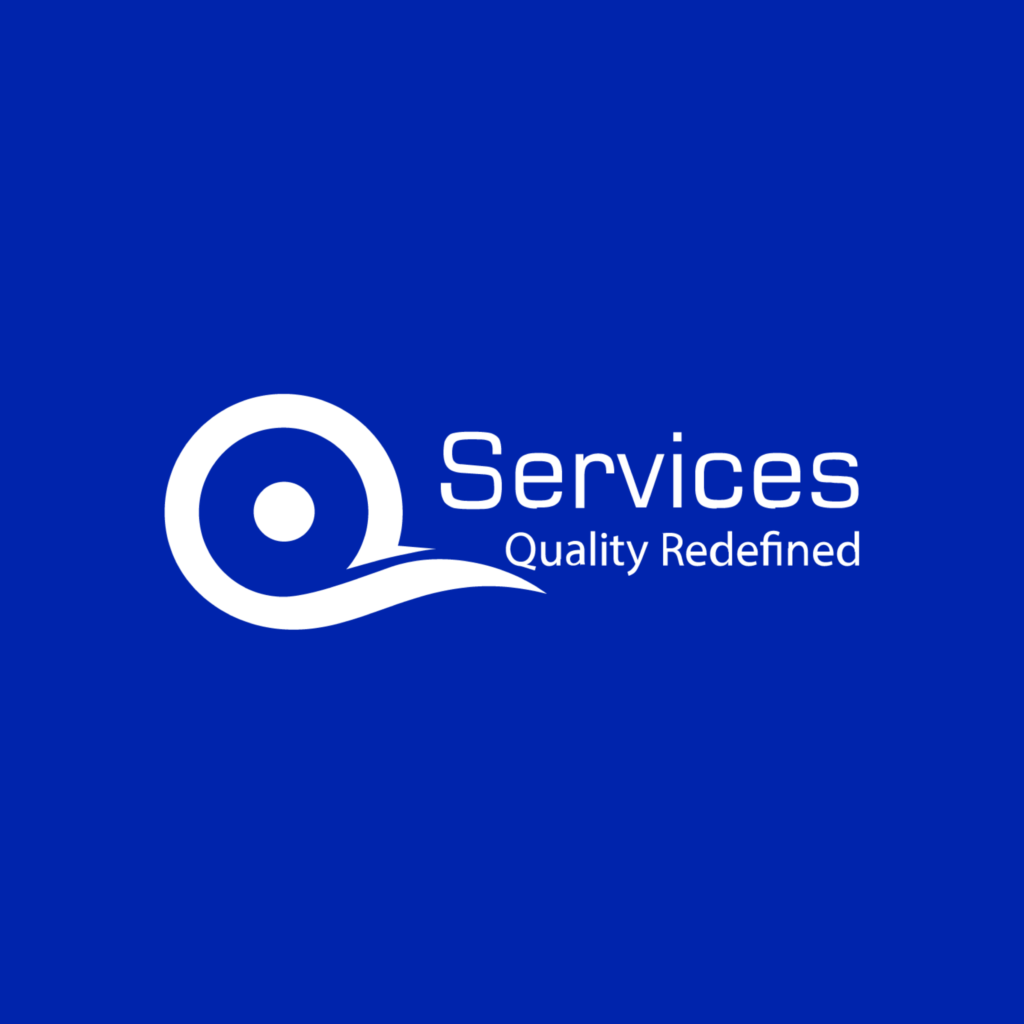
Our Articles are a precise collection of research and work done throughout our projects as well as our expert Foresight for the upcoming Changes in the IT Industry. We are a premier software and mobile application development firm, catering specifically to small and medium-sized businesses (SMBs). As a Microsoft Certified company, we offer a suite of services encompassing Software and Mobile Application Development, Microsoft Azure, Dynamics 365 CRM, and Microsoft PowerAutomate. Our team, comprising 90 skilled professionals, is dedicated to driving digital and app innovation, ensuring our clients receive top-tier, tailor-made solutions that align with their unique business needs.
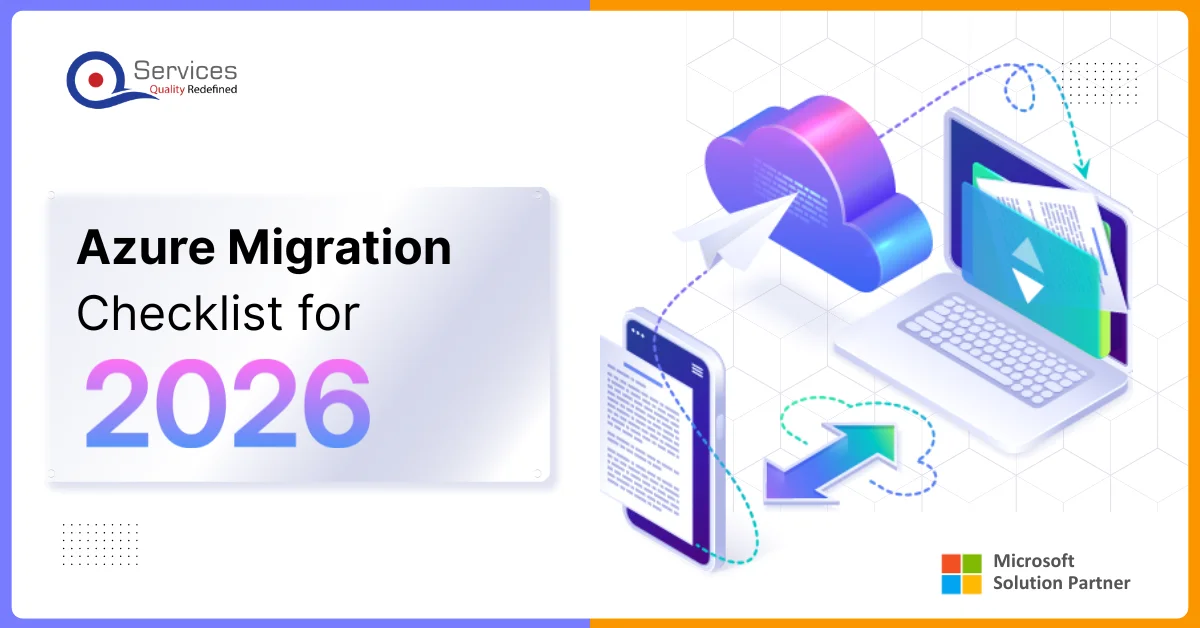
In 2026, moving workloads to Azure cloud migration is not just about transferring data. It’s about making the whole process smarter, more automatic, and easier to manage while keeping compliance and security tight.
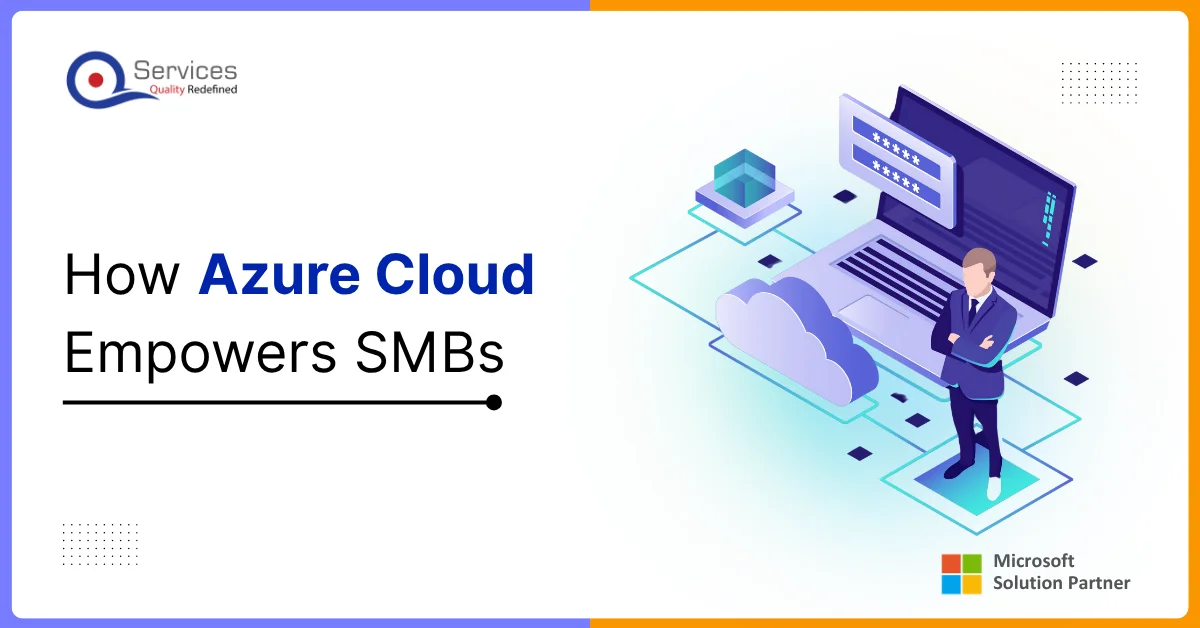
The way small and medium-sized businesses (SMBs) operate has changed more in the past five years. Traditional systems that once felt reliable are now holding teams back. Data lives in silos, processes rely on too much manual work, and the cost of maintaining legacy servers keeps growing. So how do businesses modernize without disrupting what’s already working?
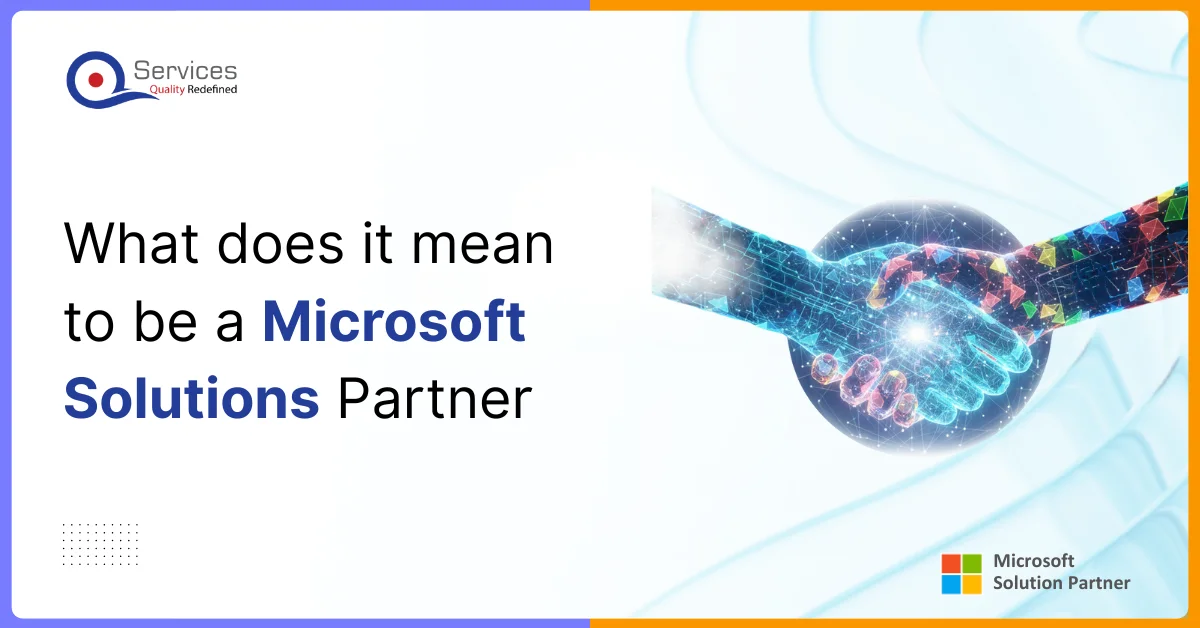
In an era where technology shifts faster than any corporate strategy can keep up, the real concern for IT leaders is how their organization can leverage Microsoft effectively without disrupting operations. This is where the Microsoft Solutions Partner program becomes relevant.
AI-driven safety monitoring systems use cameras and sensors to detect potential hazards in real-time. From identifying leaks to recognizing unsafe behavior, AI enhances safety protocols and minimizes risks for workers.
One effective solution is hazard prediction and planning. Energy companies can use AI prediction models to proactively assess risks, helping plant operators and response teams make informed decisions. For example, Shell’s Pre-Incident Planning (PIPA) analyzes historical data to assess the likelihood and severity of potential hazards, leading to enhanced safety and risk management.
Real-time safety hazard and environmental risk detection are made possible by computer vision systems using AI algorithms. Timely intervention based on AI insights helps reduce environmental damage and prevent accidents.
Predictive AI helps manage resources, prevent failures, and analyse renewables. It provides a better understanding of sector fluctuations and reduces the risk of unforeseen equipment failures.

Founder and CEO

Chief Sales Officer
